Background
What is effective listening? Effective listening, also known as active listening, describes when we concentrate on listening to what someone else has to say. Effective listening requires conscious effort, and when we do listen effectively, we are listening to understand and not just hear what someone has to say.
What is Effective Listening?
Effective listening requires concentration and a conscious effort to achieve. The purpose of effective listening is to listen to understand, not just hear what was said. Effective listening is a skill. This means it requires practice to become better and more efficient at doing it.
It requires us to ‘switch on’ to engage with the person we are listening to – not only to hear the words but truly understand the intent behind the message. According to Stephen R. Covey, we listen on five different levels:
- Ignoring – we completely ignore what has been said
- Pretend listening – we use body language and eye contact that shows that you are listening, but the reality is you are not
- Selective listening – we listen to the part that interests us and switch off for the parts that don’t
- Attentive listening – we pay attention and take on board what has been said
- Empathetically listening – we concentrate and listen to understand the intent behind the message
Effective listening means we are using attentive listening as a minimum but should always be aiming for empathetic listening. The opposite of active listening is passive hearing. This means we only hear noise and words. We are not truly concentrating on what is being said.
What is Active Listening?
Active listening is another way of describing effective listening. It simply means we ‘switch on’ our listening skills when needed. We listen consciously. We concentrate on what is being said. Active listening describes attentive listening and empathetic listening.
When we use active listening, we listen with all of our senses. We don’t just hear. We should observe the body language that the person communicating with us uses.
We should demonstrate to them through our body language that we are listening to. The conversation will break down if we give the impression that we are not listening.
How to Actively Listen
Here are some things that you can do to make sure you are actively listening:
- Move your attention toward the person that is communicating with you – for example, if you are currently working on something, leave this and concentrate on the person communicating with you
- Engage your brain – remind yourself that you need to listen
- Make eye contact and observe body language – by looking at the person, you engage with them. This means they will keep communicating. We also add to our understanding by observing the body language used to communicate the message. If this is being done over the telephone, listen to the voice as well as the words
- Remove or reduce barriers to communication – give yourself the best chance of listening by removing anything that will distract you. These are called barriers to effective communication
How to Demonstrate That You Are Listening
You might consider effective listening to be a 2-fold thing. Not only do we need to actively listen to ensure we understand what is being communicated, but we also need to demonstrate to the person communicating to us that we are listening to them. If we don’t, the conversation breaks down, creating a barrier to effective listening.
Here are some things that you can do to demonstrate effective listening:
- Eye contact – making eye contact or at least looking at their face when they are communicating with you
- Non-verbal language – nodding your head in agreement, tilting your head slightly and smiling
- Verbal nods – making noises such as Hmm Hmm
- Mirroring body language – copying some of the body language the other person is using
- Paraphrasing – repeating back what you hear in your own word to check your understanding
- Asking questions – show interest by asking questions about what you are hearing
- Positive language – using terms such as ‘that’s a great idea’
- Using their name – use their name in your responses
- Summary – summarise everything that you have heard
Further Learning
If you would like to learn more about effective listening and ways to improve your listening skills. Take a look at our Communication Skills Training Course for more details.





